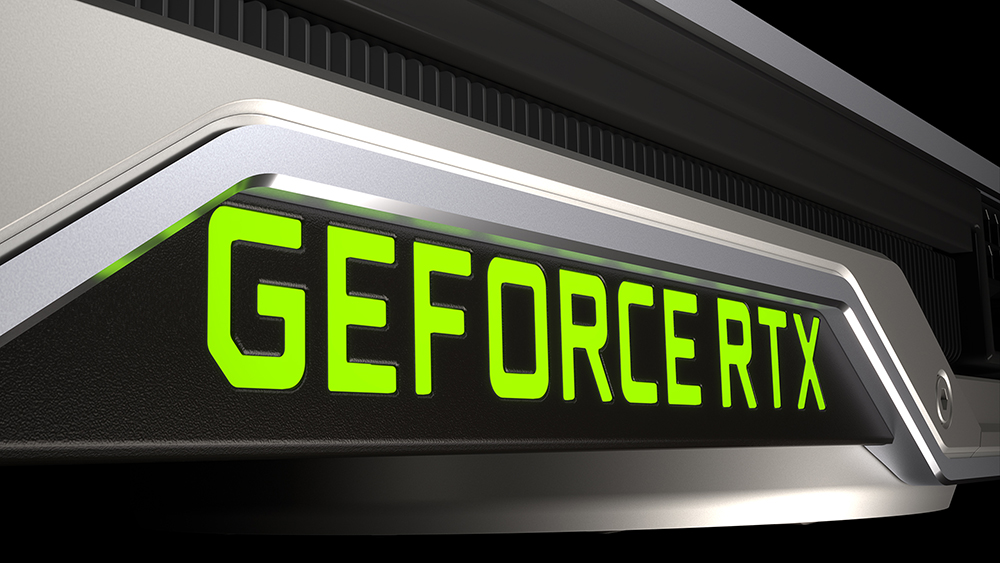
Igor’s Lab has shared more information regarding NVIDIA’s GeForce RTX 30 Series and the manufacturing process behind them. Apparently, the higher-tiered models (e.g., RTX 3090, RTX 3080) leverage extremely complex, 12-layer circuit boards. And that complexity, of course, is driving up the costs for the powerful and power-hungry GPUs, particularly for board partners.
“…from the GeForce RTX ‘3080’ up, it definitely has to be 12 layers (5 cores), according to NVIDIA’s rules, which also apply to the board partners and their own boards,” Wallossek wrote. “The 12-layer boards … are essential for the use of GDDR6X and the new Base Design Kit. And so several times there were rumours of horrified sales managers and controllers who asked the technicians quite helplessly where the additional costs suddenly came from.”
Wallossek also warned of another factor that could increase costs significantly: backdrilling. Backdrilling is essentially a method for “cleaning” the PCB, in which unnecessary remnants (e.g., stubs) are removed to reduce jitter and improve signal paths.
“…these stubs can lead not only to reflections but also to capacitance, inductance and impedance disturbances,” Wallossek explains. “These in turn are all errors that increase with increasing propagation speed/bit rate. In the worst case, a signal may even become unusable. However, since Nvidia uses the method called backdrill to remove these stubs (which is more expensive), it can be concluded that both the targeted frequencies and the targeted bit rates should increase significantly, which certainly justifies the conclusion of the probability of a significant performance increase.”
Additionally, any GeForce RTX 30 Series benchmarks that are making the rounds should probably be disregarded. NVIDIA has “sealed off the evaluation drivers this time.”
